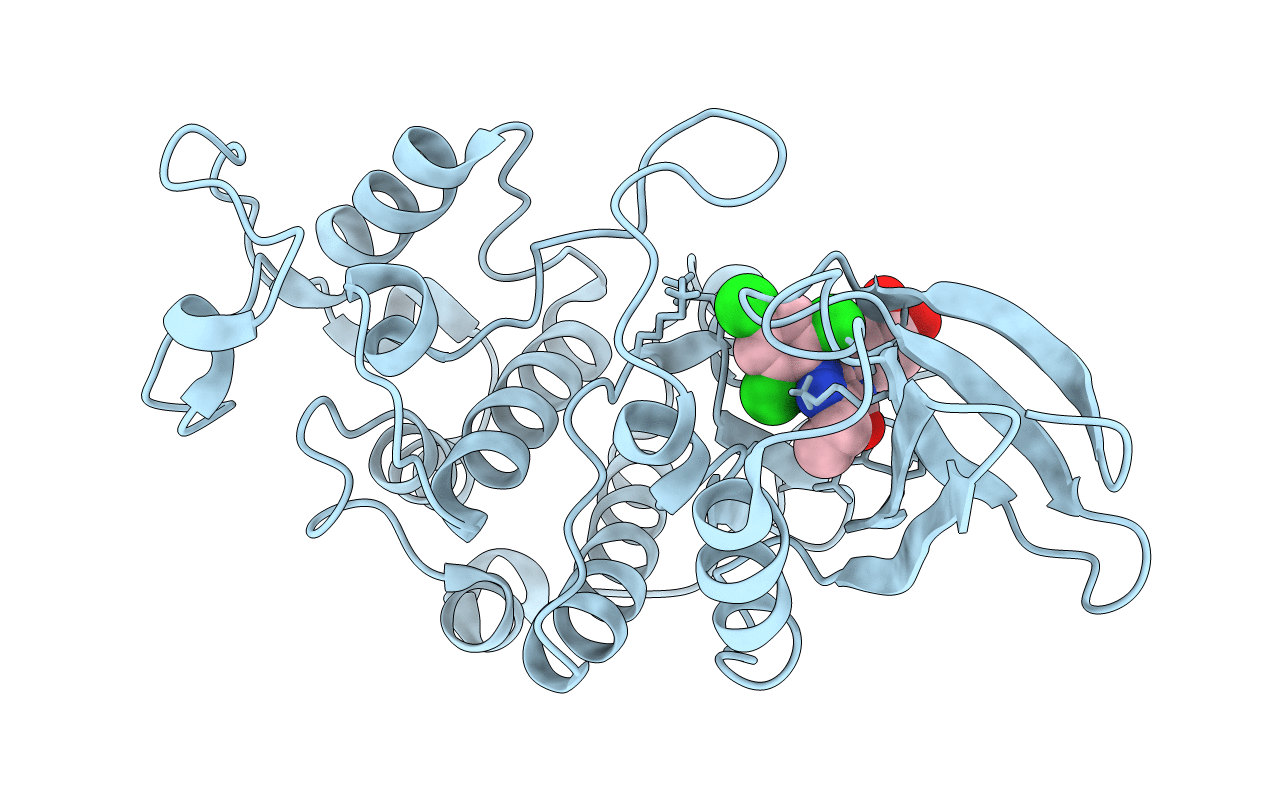
Deposition Date
2005-09-27
Release Date
2005-10-11
Last Version Date
2024-04-03
Entry Detail
PDB ID:
2B54
Keywords:
Title:
Human cyclin dependent kinase 2 (CKD2)complexed with DIN-232305
Biological Source:
Source Organism:
Homo sapiens (Taxon ID: 9606)
Host Organism:
Method Details:
Experimental Method:
Resolution:
1.85 Å
R-Value Free:
0.26
R-Value Work:
0.15
Space Group:
P 21 21 21


